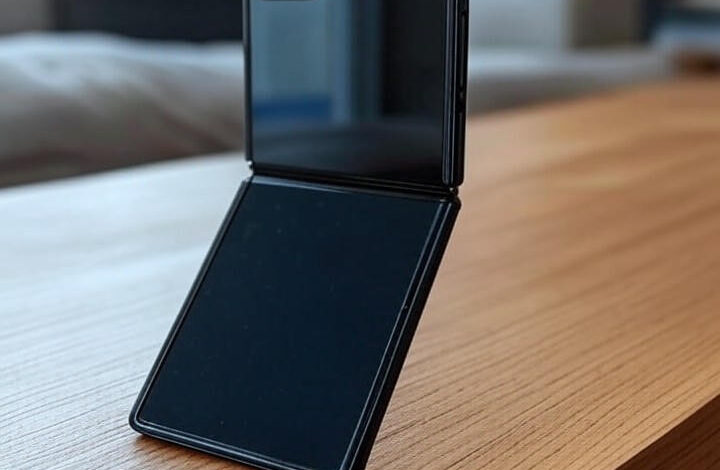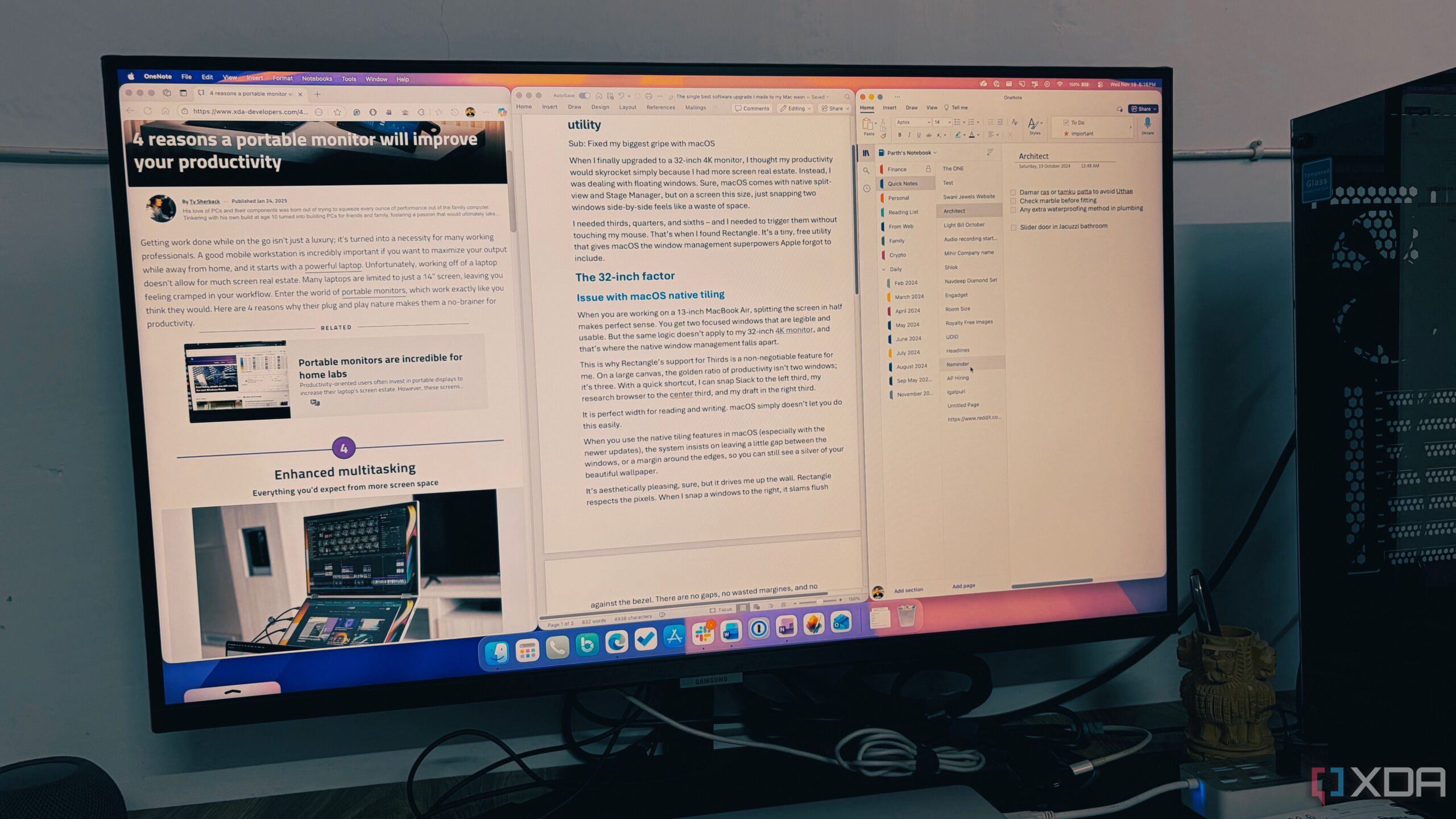U.S. Consumers Miss Out on Cutting-Edge Android Phones

URGENT UPDATE: American consumers are facing a significant limitation in access to the latest Android smartphones, as the U.S. market falls behind Asia and Europe in innovation. A new report from Android Police reveals that U.S. regulations are preventing consumers from experiencing cutting-edge devices from manufacturers like Huawei, Xiaomi, and Oppo.
This disparity is a pressing issue today, as the demand for diverse mobile technology grows. While phones with advanced camera systems and innovative designs flourish overseas, U.S. buyers are left with a narrow selection of options primarily from Samsung and Google, leading to frustration among tech-savvy consumers.
The report notes that foldable technology exemplifies this divide. While Samsung’s Galaxy Z Fold 7 has made strides, it still lags behind rivals such as Oppo’s Find N series, which offers superior multitasking capabilities. Unfortunately, these competitive devices are not available in the U.S. market, leaving American users without the full range of experiences that their international counterparts enjoy.
Additionally, the analysis highlights that devices from brands like Huawei, equipped with proprietary chipsets that excel in battery efficiency, are also kept out of reach due to geopolitical tensions and regulatory restrictions. This not only hampers competition but also stifles innovation within the U.S. market.
Economic and logistical factors contribute to these exclusions. The costs associated with shipping, certification, and compliance with FCC regulations deter smaller manufacturers from entering the U.S. scene. As a result, premium devices from brands like Honor and Realme, featuring high-refresh-rate displays and rapid charging capabilities, remain largely inaccessible to American consumers.
The software landscape further complicates matters. Google’s dominance means that international Android skins, such as MIUI or ColorOS, are not suitably adapted for U.S. users. This creates a cycle where U.S. updates prioritize stability over the bold innovations seen abroad, including advanced AI features for real-time translation and enhanced privacy tools.
The implications for industry innovation are concerning. Analysts warn that without exposure to global advancements, American Android phones risk stagnation. The Android Police report emphasizes that innovations expected in U.S. foldables for 2024, like the Pixel 9 Pro Fold, may be reactive rather than groundbreaking, responding to pressures from international advances.
Looking ahead, potential changes could emerge from policy shifts or new entrants challenging the current landscape. However, for now, the U.S. remains isolated, with the most exciting Android innovations flourishing elsewhere. Industry insiders are advocating for more open import pathways to invigorate the sector and provide American consumers with the cutting-edge technology they deserve.
In conclusion, the U.S. market’s limitations on innovative Android devices highlight a critical need for regulatory reform and increased openness to international competition. As the demand for diverse hardware continues to grow, the urgency for change becomes even more pronounced.






